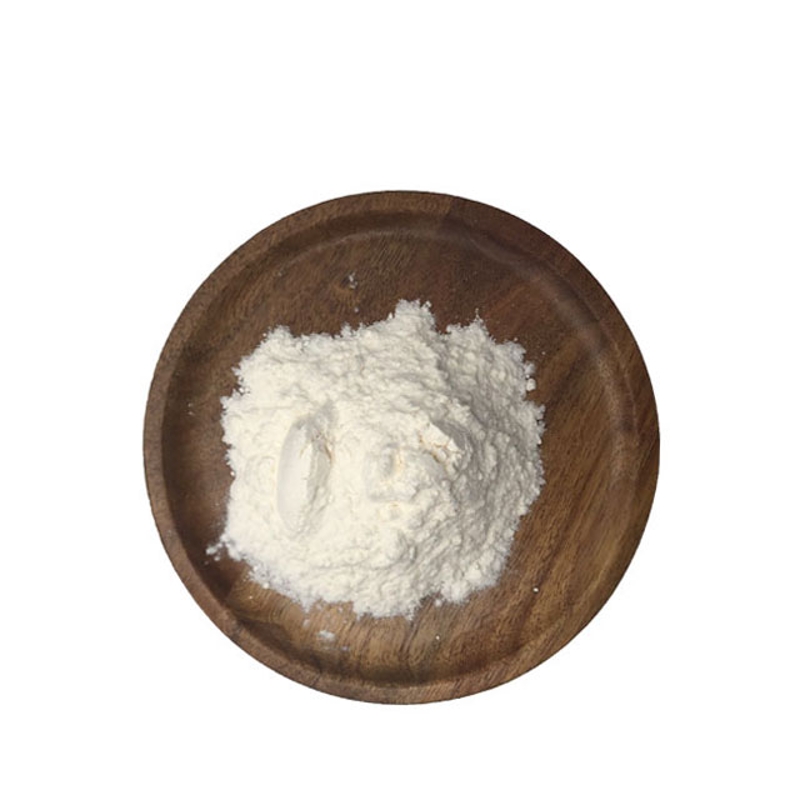-
Categories
-
Pharmaceutical Intermediates
-
Active Pharmaceutical Ingredients
-
Food Additives
- Industrial Coatings
- Agrochemicals
- Dyes and Pigments
- Surfactant
- Flavors and Fragrances
- Chemical Reagents
- Catalyst and Auxiliary
- Natural Products
- Inorganic Chemistry
-
Organic Chemistry
-
Biochemical Engineering
- Analytical Chemistry
- Cosmetic Ingredient
-
Pharmaceutical Intermediates
Promotion
ECHEMI Mall
Wholesale
Weekly Price
Exhibition
News
-
Trade Service
With the increasing incidence of esophagus and esophagogastric junction (EGJ) adenocarcinoma, the global burden of such malignant tumors is expected to increase sharply in the next decade, so more effective treatments are urgently needed.
The purpose of this study is to evaluate the early assessment of chemotherapy responsiveness through positron emission tomography (PET) imaging in customizing treatment strategies in patients with adenocarcinoma at the esophagus and esophagogastric junction.
After baseline PET, the patients were randomly divided into two groups and received two different induction chemotherapy regimens: FOLFOX regimen (modified oxaliplatin, leucovorin, and fluorouracil) or CP regimen (carboplatin-paclitaxel).
Prognosis of patients with and without response after induction chemotherapy
Prognosis of patients with and without response after induction chemotherapyA total of 241 eligible patients received the protocol treatment, of which 225 had evaluable repeat PET examinations.
The pCR rate of patients who did not respond to PET after FOLFOX induction chemotherapy after switching to CP chemotherapy (n=39) was 18.
Prognosis of patients with or without response after induction therapy with different regimens
Prognosis of patients with or without response after induction therapy with different regimensWith a median follow-up of 5.
With a median follow-up of 5.
It is effective to use PET imaging as a biomarker to evaluate the early response of individualized treatment of adenocarcinoma patients at the esophagus and esophagogastric junction.
Original source:
Goodman Karyn A,Ou Fang-Shu,Hall Nathan C et al.
Randomized Phase II Study of PET Response- Adapted Combined Modality Therapy for Esophageal Cancer: Mature Results of the CALGB 80803 (Alliance) Trial
in this message







